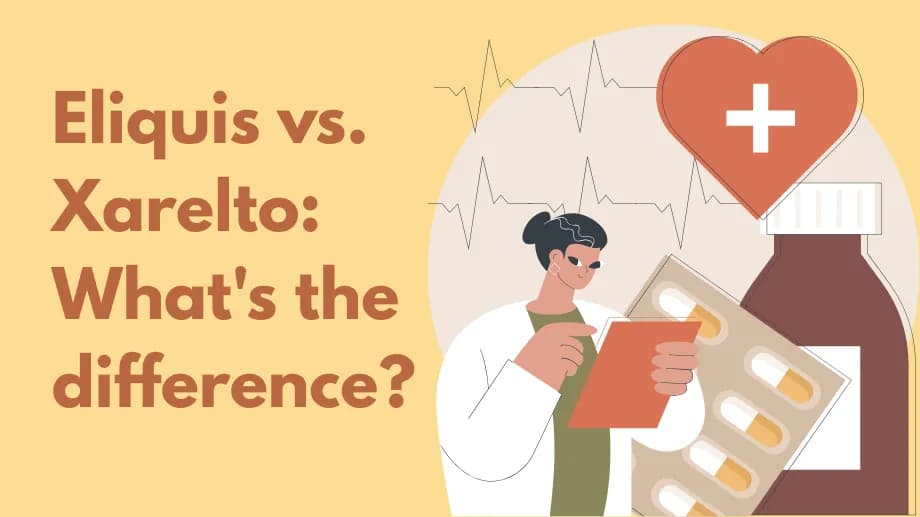What is atrial fibrillation?
Atrial fibrillation (AFib) affects more than 2 million adults in the United States and is one of the most common arrhythmias (irregular heart rhythms).
Normally, the upper chambers of the heart (atria) contract in a coordinated way, pumping blood into the lower chambers (ventricles) and then out to the rest of the body. In atrial fibrillation, the electrical signals become chaotic, causing the atria to quiver instead of contracting effectively. This can lead to an irregular heartbeat and disrupt the normal flow of blood through the heart. A person with atrial fibrillation may also have a related rhythm problem called atrial flutter; treatments for both are similar.
There are three main types of atrial fibrillation:
- Paroxysmal AFib: typically lasts less than one week and stops on its own without treatment.
- Persistent AFib: lasts more than one week and requires treatment.
- Long-standing persistent AFib: lasts more than a year and can be difficult to treat.
Common symptoms include heart palpitations, rapid or irregular heartbeat, shortness of breath, fatigue, dizziness, and chest pain. Some people have no symptoms and discover AFib during a routine exam.
Atrial fibrillation increases the risk of stroke because an irregular heartbeat can cause blood to pool in the atria and form clots. If a clot travels to the brain, it can cause a stroke. Management often includes blood-thinning medications to reduce this risk.
Treatments may include medications to control heart rate or rhythm, procedures such as cardioversion or catheter ablation, and lifestyle changes to address risk factors like high blood pressure, obesity, or sleep apnea.
What causes atrial fibrillation?
Atrial fibrillation can result from various causes and risk factors:
- Age: risk increases after age 60.
- Heart conditions: coronary artery disease, valve disease, heart failure, congenital defects, or prior heart surgery.
- High blood pressure: contributes to structural heart changes.
- Obesity: associated with higher AFib risk.
- Diabetes: increases risk, possibly via effects on heart health.
- Thyroid disorders: both overactive and underactive thyroid can trigger AFib.
- Sleep apnea: interrupted breathing during sleep increases risk.
- Heavy alcohol use: binge drinking can precipitate AFib.
- Stress and anxiety: may contribute to onset or worsening.
- Lifestyle factors: smoking and lack of exercise.
- Genetics: family history of AFib or heart disease.
Sometimes AFib occurs without a known cause, especially in younger individuals. Acute conditions like infections, pulmonary embolism, or electrolyte imbalances can also trigger temporary AFib.
What are the symptoms of atrial fibrillation?
Symptoms can vary, and some people may have none:
- Palpitations: rapid, fluttering, or pounding heartbeat.
- Irregular heartbeat: sensations of skipped or extra beats.
- Fatigue: unusual tiredness with normal activities.
- Shortness of breath: especially during exercise or when lying flat.
- Dizziness or lightheadedness: may include fainting or vertigo.
- Chest discomfort or pain: from mild tightness to severe pain.
- Weakness: general sense of low energy.
Seek medical advice if you experience palpitations, irregular heartbeat, or other concerning symptoms, as AFib can lead to serious complications.
How is atrial fibrillation diagnosed?
- Medical history and physical exam: review of symptoms, risk factors, and listening for irregular heartbeats.
- Electrocardiogram (ECG/EKG): records heart electrical activity to detect AFib. Intermittent AFib may require extended monitoring.
- Holter or event monitor: wearable devices that record heart rhythm over days to weeks.
- Echocardiogram: ultrasound imaging to assess heart structure, function, and contributing conditions.
- Blood tests: check for thyroid disorders, electrolyte imbalances, and other underlying issues.
- Additional tests: exercise stress tests, cardiac MRI or CT scans, and electrophysiology studies to evaluate heart rhythm and structure.
After diagnosis, your provider will develop a treatment plan tailored to your needs.
How is atrial fibrillation treated?
Treatment goals include controlling heart rate, restoring normal rhythm, preventing clots, and managing symptoms:
Medications
- Rate control drugs: beta-blockers, calcium channel blockers, or digoxin to slow heart rate.
- Rhythm control drugs: antiarrhythmics such as amiodarone, flecainide, propafenone, or dofetilide.
- Anticoagulants: blood thinners (warfarin, dabigatran, rivaroxaban, apixaban, edoxaban) to reduce stroke risk.
- Antiplatelets: aspirin for low-risk patients where anticoagulants are not indicated.
Procedures
- Cardioversion: electrical or pharmacologic shock to restore normal rhythm.
- Catheter ablation: minimally invasive procedure creating scar tissue to block abnormal signals.
- Surgical ablation: maze surgery to interrupt errant electrical pathways.
- Pacemaker: implanted device to regulate slow heart rates, often used with rate control therapy.
Lifestyle and risk factor management
- Quit smoking and limit alcohol intake.
- Maintain healthy weight and manage blood pressure.
- Treat underlying conditions: sleep apnea, thyroid disorders, and heart disease.
- Engage in regular exercise and stress reduction techniques.
Regular follow-up and monitoring are essential to ensure effective treatment and adjust the plan as needed.
Sources
- What is Atrial Fibrillation? National Heart, Lung, and Blood Institute. Accessed Apr. 5, 2024.
- What is Atrial Fibrillation or AFib? American Heart Association. Accessed Apr. 5, 2024.
- Atrial Fibrillation. Centers for Disease Control and Prevention. Accessed Apr. 5, 2024.


